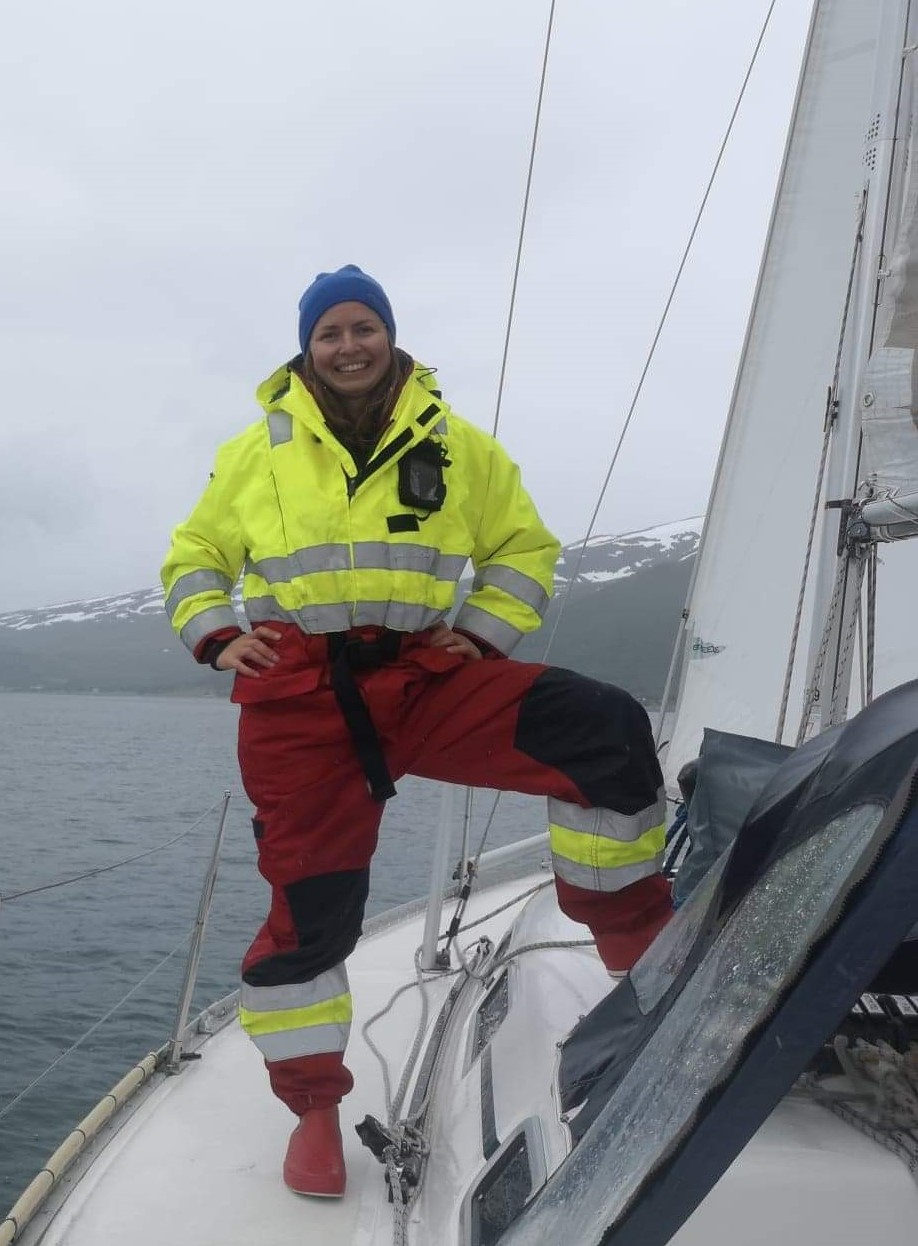Using an autonomous surface vehicle and hydroacoustics to survey epipelagic organisms at high-latitudes
Date:
In session: Using remote and in situ technologies to inform marine science
Using an autonomous surface vehicle and hydroacoustics to survey epipelagic organisms at high-latitudes
Muriel Dunn, Geir Pedersen, Sünnje L. Basedow, Malin Daase, Stig Falk-Petersen, Loïc Bachelot, Lionel Camus, Maxime Geoffroy
Aggregations of zooplankton and small fish form horizontal sound scattering layers throughout all oceans when detected with acoustic instruments. However, accurately quantifying the assemblage and density within these layers is challenging and prone to sampling biases. We conducted a net and trawl survey of the epipelagic (0-100m) fauna in Tromsøflaket, northern Norway (70˚N), in June 2018. Concomitantly, an autonomous surface vehicle (Sailbuoy) equipped with a broadband echosounder operating over 283-383 kHz was surveying the same region. In this presentation, we compare the zooplankton density calculated from Multinet, Tucker trawl, and the autonomous acoustic survey to assess differences in sampling selectivity. Densities from the autonomous hydroacoustic survey were calculated by inverting the volume backscatter using ensembles of scattering model simulations. Analysis of Multinet samples resulted in a higher density of organisms that are weak scatterers and poor swimmers, such as copepods. In contrast, estimates for the trawl samples resulted in 99% lower overall abundance than those from the Multinet. The acoustics reports a higher density of weak scatterers that are strong swimmers, such as krill. We explore the advantages and limitations of autonomous acoustic surveys conducted at high-latitudes regarding density estimates, weather effects and spatio-temporal coverage. Overall, we conclude that a combination of monitoring approaches is needed to obtain comprehensive abundance estimates of epipelagic organisms.
